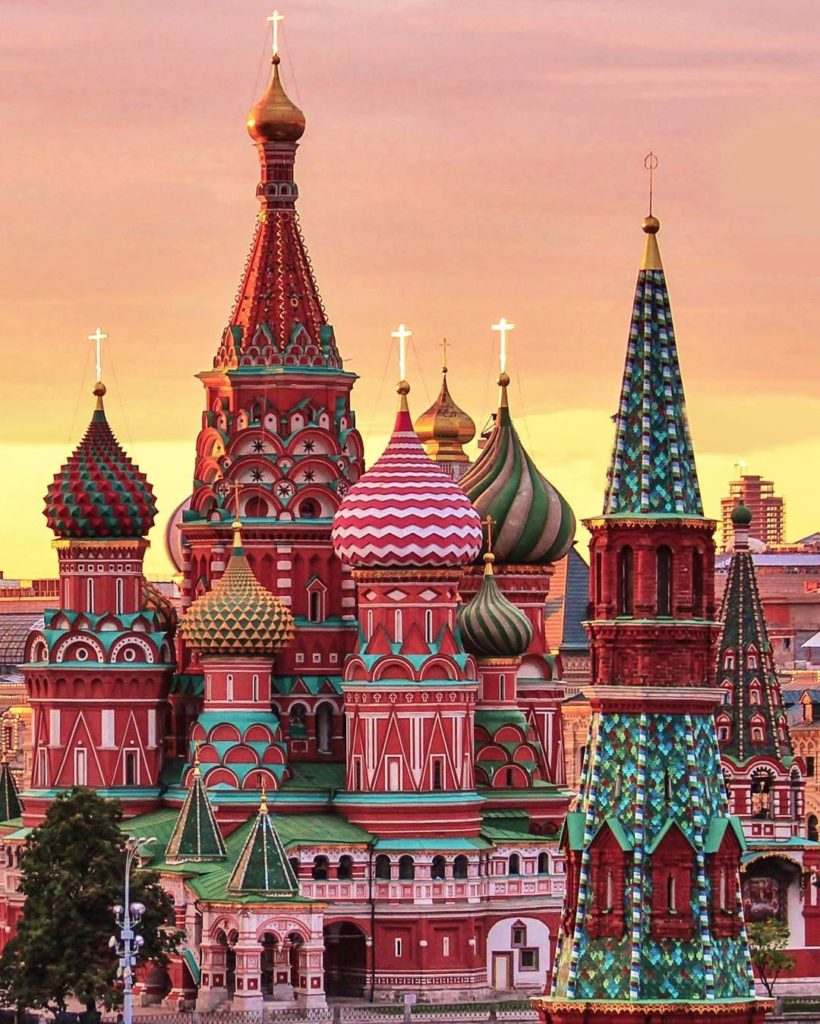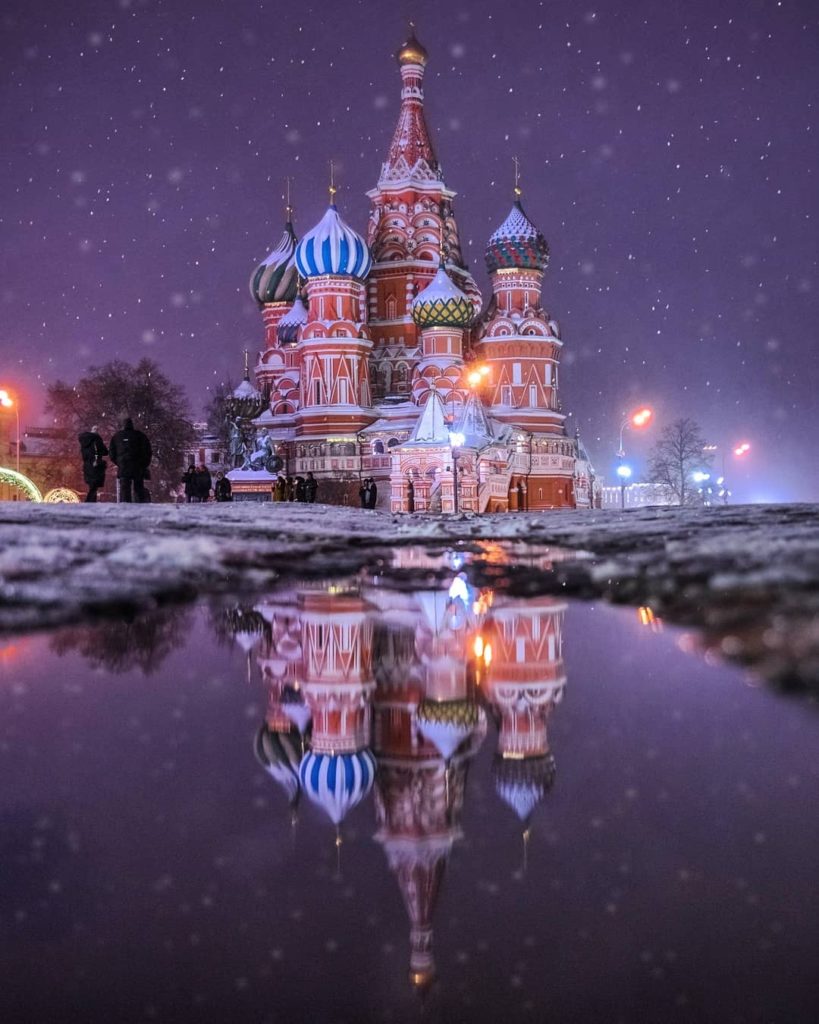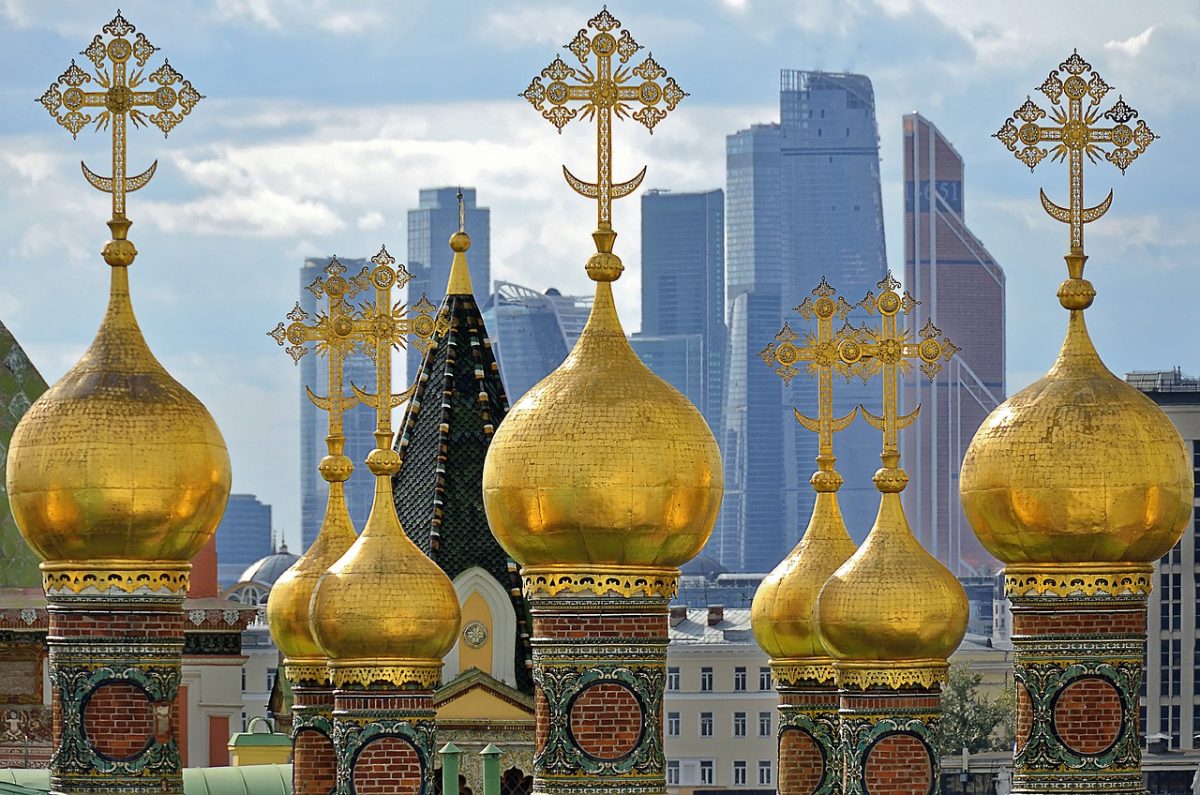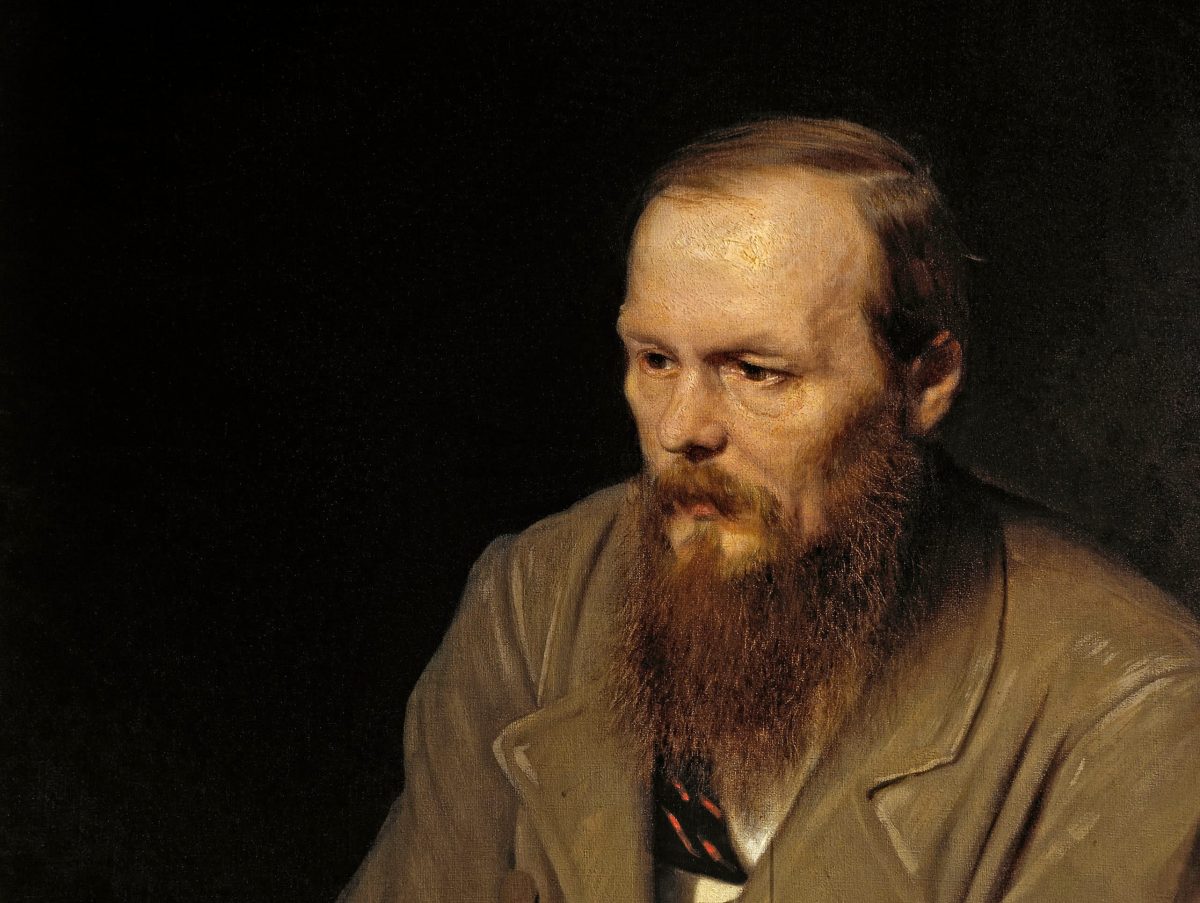The St. Basil’s Cathedral, or the Church of the Intercession on the moat, or Pokrovsky Cathedral, is the most recognizable temple in Moscow, and it’s one of the most recognizable symbols of Russia. This Orthodox Church on the Red Square is part of the complex included in the UNESCO world heritage site.
The temple was built in the 1555-1561 years, on the vow of Ivan the terrible, in gratitude for the protection of the heavenly powers in the conquest of the Khanate of Kazan: Kazan fell in 1552, the day after the feast of the Intercession of the Mother of God 1 (14) Oct.
Before the XVII century, the St. Basil’s Cathedral was named “Holy Trinity” as the original wooden church was consecrated in the name of the Holy Trinity. The Cathedral was erected on a strictly symmetrical plan, involving the construction around the Central tent of the seven chapels — the number of religious holidays observed during the Kazan campaign.

However, according to the canons of ancient Russian architecture, the church’s builders built eight chapels, eventually getting a more harmonious, eight-pointed star-shaped architectural plan. Although the chapels of the temple vary in shape and size, in general, the construction produces a very picturesque impression.
The height of the St. Basil’s Cathedral is 46 m, and it fits well in a complex landscape with a strong slope to the side of the Moscow river. Today the Cathedral has 11 domes: 10 domes over the temple (by the number of thrones) and the bell tower dome.
The Cathedral consists of 9 temples: 8 located around the ninth, towering over them pillars of the Church of the Intercession of the Mother of God. All 9 churches, united by a joint base, bypass the gallery and internal passages.
In 1588, the Cathedral was built as the Church of St. Basil, which in the future took the current name of the temple. In 1670 appeared, the belfry and exterior stairs. Decorative paintings of external and internal galleries, platforms, and railings on the porches were also made in the XVII century.

The decor of the heads was complicated in the eighteenth century: it used a notched clutch of a small brick, white stone trim, and the inclusion of plugs of colored ceramic tiles.
When the Bolsheviks came to power, the St. Basil’s Cathedral was closed, the bells melted, and its arch-priest was killed. Yet, despite the troubles that always seemed to surround it, St. Basil’s has remained the symbol of the Russian Orthodox Church, spirituality, and patriotism.
Another time the Cathedral fell under threat was when Stalin decided it was an obstacle to his military parades. The demolition plan was prepared, but the architect threatened that he would cut his throat on its steps if the St. Basil’s Cathedral was ruined. Then, miraculously, Stalin changed his mind. The brave architect Piotr Baranovsky was granted a couple of years in prison for saving St. Basil’s Cathedral.
In 1923 the Cathedral was transformed into a historical and architectural Museum, and in 1928 the Museum “Pokrovsky Cathedral became a branch of the State Historical Museum. During world war II the Cathedral was closed and opened only in 1947, the day of celebration of the 800 anniversary of Moscow.
Since 1991 the Cathedral of the Intercession has been shared with the State Historical Museum and the Russian Orthodox Church. After a long break-in, the temple was reopened for worship.
Outside the St. Basil’s Cathedral, you can see its beautiful domes, all different, which highlight its striking colors, and rounded shapes. In front of the church, in a garden, a bronze statue stands in honor of Dmitry Pozharsky and Kuzma Minin. They gathered volunteers for the army that fought against the Polish invaders during the Time of the Riots (between 1598 and 1613).
Many people confuse this Cathedral with the Moscow Kremlin since they are situated next. Still, the truth is that they are not absolutely related. The visit to this Cathedral is often complemented by other tourist attractions in the Red Square and the Kremlin, Lenin’s Mausoleum, or the GUM department store.






